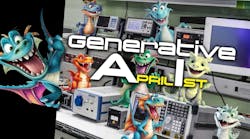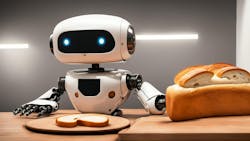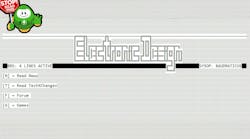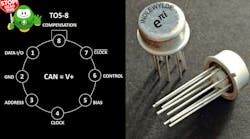This article is part of the April 1st series in the Humor section of our Series Library.
What you’ll learn:
- What’s recursive regenerative AI?
- Why it’s the best thing since sliced bread.
- What’s the significance of 42 and 04-01-24?
Generative AI is all the rage and pushes past the trivial deep neural networks (DNNs) of yore. On the neural-network side, we have DNNs, artificial neural networks (ANNs), convolutional neural networks (CNNs), and recurrent neural networks (RNNs). Moving into the generative AI arena with large language models (LLMs), we have generative pretrained transformers (GPTs) and generative adversarial networks (GANs). Lately, we’ve seen the rise of small language models (SLMs) that are LLMs compacted to fit on smaller platforms requiring less computing power than a supercomputer.
The race to dominate the AI space has led to solutions like ChatGPT, Copilot, PaLM, Gemini, and LLaMa. These platforms require massive amounts of data and lots of computation resources for training.
Enter Recursion and Sliced Bread
Recursive regenerative AI (RRAI) is designed to cut down the amount of data by operating recursively on details presented to it. It also regenerates data to reduce memory requirements that nag conventional LLMs. This results in a significantly more compact solution than even SLM systems currently being employed or contemplated for embedded systems.
RRAI models can utilize bitmap arrays to provide additional data compression. The simplest case is a 1-Mbit array of all zeros can be compressed to a single zero. Most RRAI-trained models require an uncompressed array, though.
The quote “the best thing since sliced bread” comes to mind when looking at the RRAI improvements over LLMs. It turned out to be handy when generating our first robot (Fig. 1). The image was actually generated using conventional generative AI tools, but the robot is running RRAI to contemplate the bread.
Contemplating One’s Navel
The next step in RRAI evolution is still in the works. When prompted to contemplate one’s navel, Adobe’s Photoshop complained that it was against their rules, forcing us to utilize RRAI again. Unfortunately, the resulting image (Fig. 2) was not quite the navel we had in mind.
Instead, we turned to numerical calculations that could result in a better response from our RRAI-enabled robot. There are many questions that even quantum computers cannot address, so RRAI fills in a gap here as well.
The number 42 is the answer to the ultimate question of life, the universe, and everything according to the Deep Thought supercomputer in The Hitchhiker’s Guide to the Galaxy. In our case, we just needed a recursive regenerative AI solution that delivered our result: 04-01-24.
Read more articles in the April 1st series in the Humor section of our Series Library.






